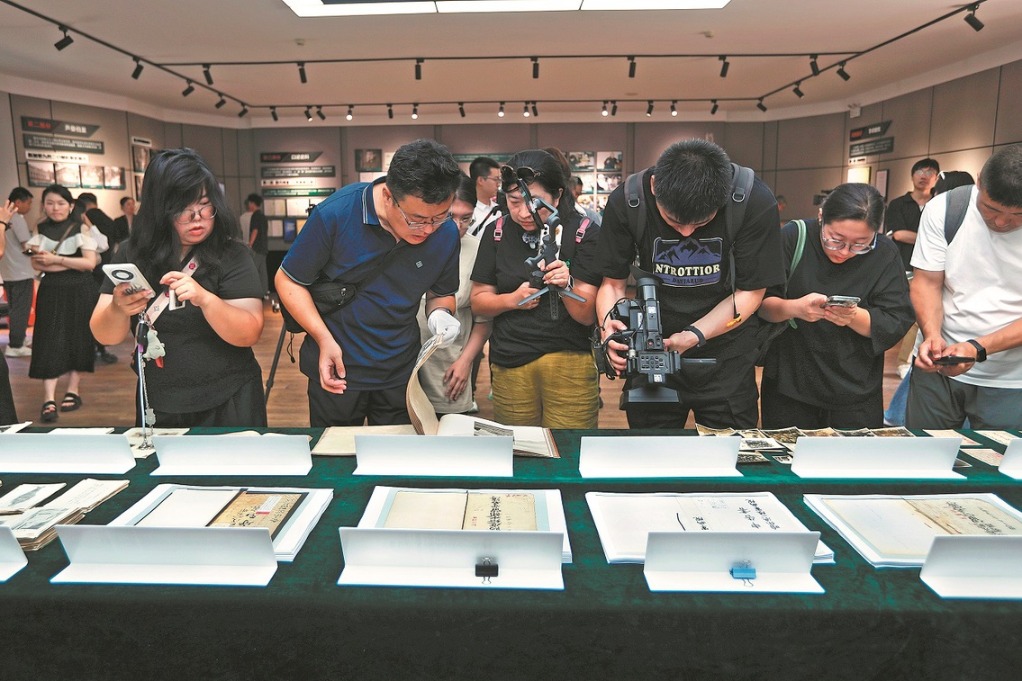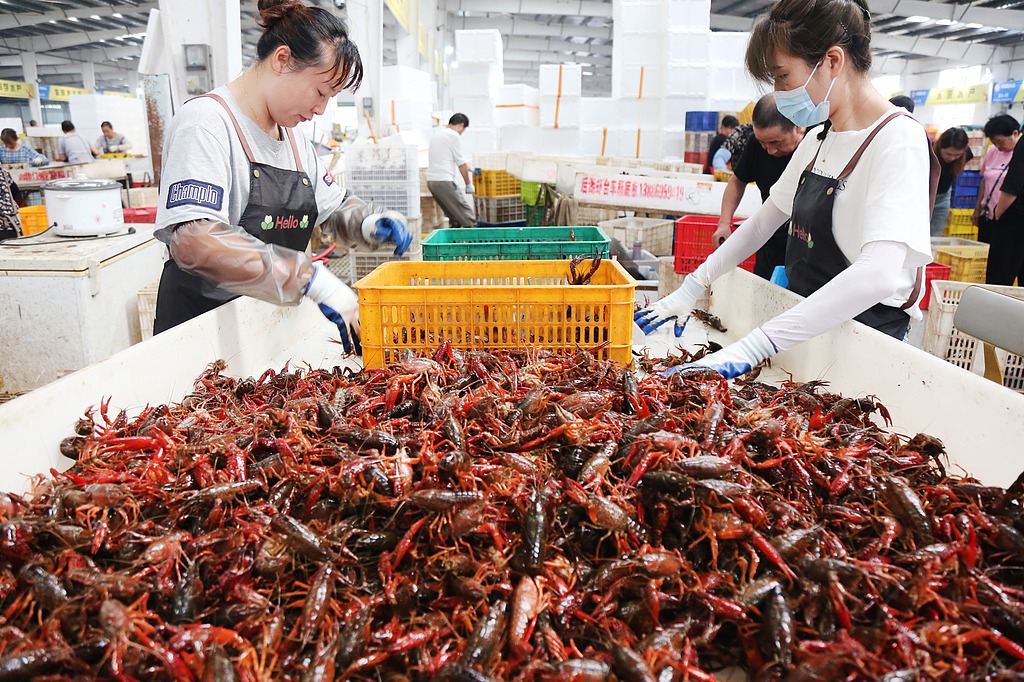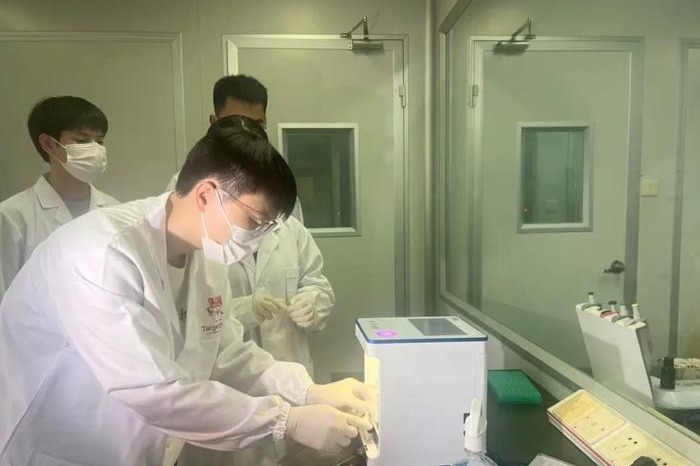Goldfish adorn tide of history
Graceful and colorful creatures have been appreciated for different reasons through the ages, Xu Haoyu reports.

As a national treasure, goldfish have accumulated and encapsulated a rich tapestry of historical and cultural significance. In bygone eras, officials, nobles and intellectuals took great pleasure in owning, breeding and observing goldfish, taking them as a joyful aspect of their lives. During the Ming (1368-1644) and Qing (1644-1911) dynasties, especially, goldfish became an indispensable ornamental element in the courts and gardens of royal mansions.
In modern times, as goldfish have made their way into ordinary households, they have represented an important source of cultural and spiritual enjoyment. Serving as ambassadors of beauty, goldfish have also become the subject of various forms of art, including clothing, porcelain, stamps, glasswork, kites and paper-cutting. They have transformed into models in front of photographers' lenses and fairies beneath the watercolor brushes of painters.
To celebrate the 40th anniversary of the founding of Prince Kung's Palace Museum in Beijing, a goldfish-themed exhibition is being held from Aug 28 to Sept 10. More than 10 different varieties and 800 individual goldfish from all over the country have been gathered together to form a fascinating view. At the same time, the historical background of goldfish is vividly narrated through rich illustrations, historical books and cultural artifacts.
Goldfish are known for their graceful forms, vibrant colors and diverse varieties.
However, it's rarely known that goldfish originated from wild crucian carp with genetic mutations from Jiaxing city, in what's now Zhejiang province, during the early Song Dynasty (960-1279). A local official named Ding Yanzan discovered golden crucian carp in a pond northwest of Jiaxing city. He named this location the Goldfish Pond and built a house to breed them, which later became a local point of interest.
Due to the significant costs associated with building fishponds, keeping goldfish was initially a luxurious activity exclusive to wealthy nobles and officials. It later gained widespread popularity among scholars and the literati.
"Goldfish were recognized as a symbol of elegance from the time they entered the imperial palace. During the Ming and Qing dynasties, goldfish were transported along the Grand Canal to reach Beijing, destined for the imperial palace. Traces of the tenancy of goldfish can be found in the history of the Forbidden City, particularly in the Yanxi Palace," says He Chuan, a researcher at the Beijing fisheries technology extension center of the Beijing Bureau of Agricultural and Rural Affairs.
According to historical records, there were as many as 279 varieties of goldfish there during the Qing Dynasty.
Globally, goldfish were introduced from China to Japan in 1502 during the Ming Dynasty and reached Europe between the 17th and 18th centuries, before spreading to the United States and then worldwide. Through selective breeding by several generations of people in China, Japan and Europe, more than 250 unique varieties have been created, each with its own distinctive color, fin shape, eye features and body type.
In this exhibition, visitors can also see how Chinese goldfish have evolved in countries like the United Kingdom and Thailand.
The researcher claims that the British, for example, appreciate the primitive character of the creatures, and they intend to make the goldfish stay as gracile as they were during the Song Dynasty.
"Even though the goldfish we initially sent over had plump bodies and petal-like tails, the British people ultimately managed to selectively breed them into forms with slender bodies and elongated tails," he says.
"People will shape the goldfish according to local aesthetics, cultural backgrounds and contexts. This leads to variations in the colors and tail shape of the goldfish," he adds.
Beijing has a long-standing tradition of breeding and appreciating goldfish.
The exhibition re-creates the traditional courtyard homes remembered by old Beijing natives. Varieties such as Redcap Oranda leisurely swim alongside Pearlscale goldfish in locally fired traditional clay basins, shaking their heads and wagging their tails.
The smaller-sized Pearlscale goldfish have scales that feature lime-like protrusions, resembling pearls embedded in their bodies. The overall round, plump shape of the fish also resembles a large pearl. Redcap Oranda, on the other hand, shares a common macroscopic feature with the traditional auspicious creature, the red-crowned crane. With a prominent fleshy growth on its head and a pristine white body, this variety was particularly favored by scholars and literati.
The exhibition also features a dedicated area to showcase popular goldfish varieties that are currently available in the market, as well as some that are rarely seen.
Like, for example, the Ranchu goldfish, which bears a passing resemblance to a dairy cow, and the Panda Butterfly Tail, which features black-and-white coloring similar to that of the cuddly Chengdu natives.
"The varieties of goldfish actually reveal our culture. Lions, tigers, dragons, cranes, and so on, are all auspicious creatures that represent specific cultural symbols," He explains. "For instance, the lion symbolizes the strength that can drive out evil spirits, majestic authority and good luck.
"We project these cultural symbols onto the appearance of goldfish, and through selective breeding, we present these diverse goldfish varieties to the world. These are truly works of art crafted by Chinese artisans, belonging uniquely to our own culture."

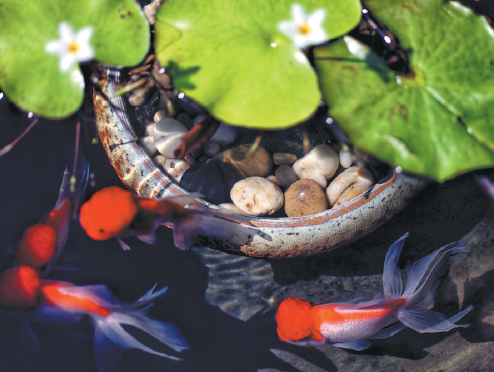
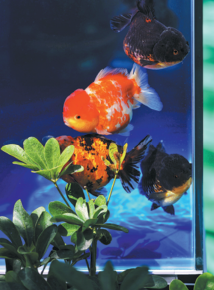
Today's Top News
- Meet again? Putin says: Next time in Moscow
- Zelensky to meet Trump in Washington on Monday
- Wang Yi to visit India from Monday
- Trump, Putin tout 'productive' Alaska talks without apparent breakthrough
- A year's rainfall in a single day
- Negotiation the only way out for peace in Ukraine: Editorial flash

















